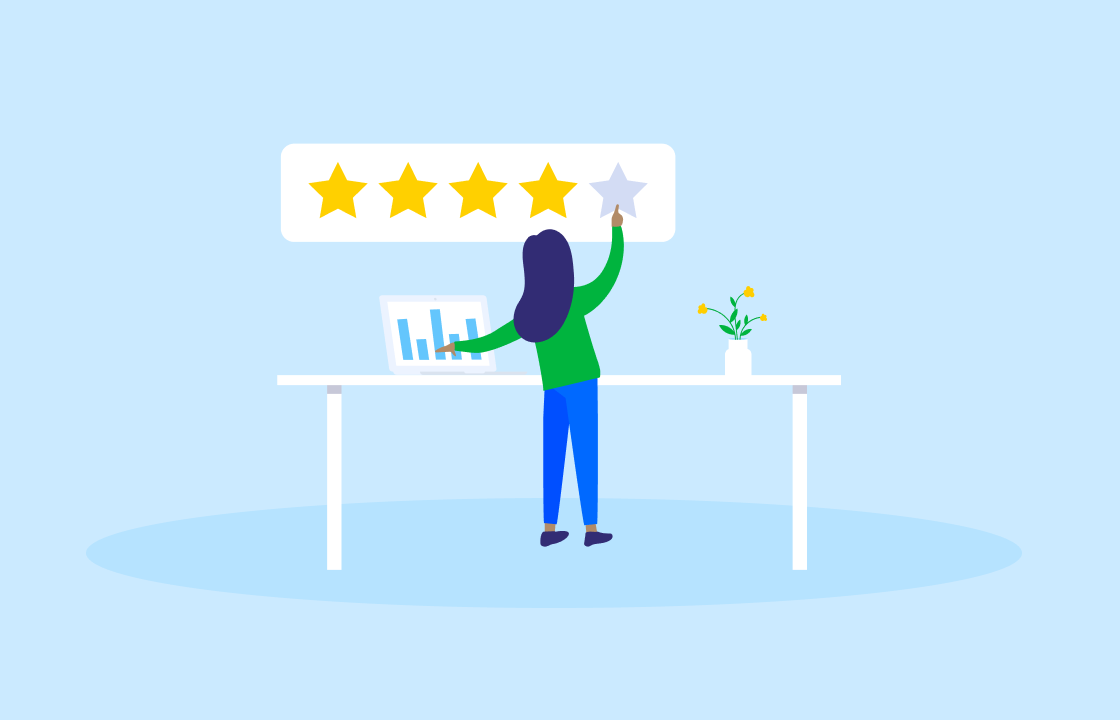Just how valuable is it to keep customers invested in your brand? We’re exploring the answer to this question and some tips on improving retention in today’s blog.
Customer retention is an essential strategy for the long-term success of your business. You’ll find it nearly impossible to generate any meaningful growth when you’re losing your legacy customers just as quickly as you’re gaining new prospects. Because 80% of anticipated profits derive from 20% of your current customer base, customer retention is just as—or even more—important than your new customer sourcing efforts.
Keeping customers around for the long haul yields benefits that reverberate across your entire organization—from the conversion ratios of your marketing projects to overall profit margins. But how can you ensure that your company is fully integrated into a customer retention mindset across all of its disciplines, departments and leadership levels?
To fully explore this question, let’s look at some of the leading customer retention tactics that businesses employ today to ensure that their community of buyers stay satisfied and feel valued for the long haul.
Reduce wait times
One of the most prominent effects of digital consumerism has been greater customer demand for immediate, real-time responses from businesses. This has, naturally, trickled into the B2B space. At any given moment, customers have multiple communication channels at their disposal—including social media, online communities and other internet-based communication methods.

Reduce wait times to increase retention
At a time where knowledge is so readily available, lengthy wait times or inaccurate information could spell the demise of your customer retention strategies. New research reveals that over 80% of today’s consumers rate an immediate response as “very important” when reaching out to a business. To further complicate matters, this research also found that today’s customers want, on average, 13 (!) unique communication options to get in contact with a business. For your customer support, marketing and sales teams, this means that you’ll have to balance each of these unique communication platforms, all while working to respond to customer queries as they arrive.
Fortunately, there are a number of strategies at your disposal to help customers get the help they need right away and keep them from switching to a faster competitor. To minimize hold times and call efficiencies, try opting for a contact center tool that manages incoming calls during high-volume periods and routes customers to their intended department. This feature ensures that each individual shopper receives the answers they are seeking as quickly as possible.
Others have found success by implementing a knowledge base platform, which plays a key role in creating self-service opportunities for inquiring buyers and seasoned users alike. Online knowledge bases help businesses build a community-driven environment and support system for customers that have questions about your company, industry, products or services. Because a great knowledge system is saturated with robust, engaging content, you can also ensure that your existing customers receive completely accurate, up-to-date, and on-brand information in just a few clicks.
Create customer touchpoints
Too often customer support teams are involved at just one junction on a customer’s buyer journey. In reality, successful retention requires businesses to create touchpoints throughout the entire timeline of a customer’s relationship—even after their initial purchase. Because half of your repeat buyers will make their second purchase within 16 days of their first order, focusing on conversions immediately after the first check-out is a valuable frame of mind to retain as many customers within this window.
 Create customized post-purchase touchpoints and retain engagement
Create customized post-purchase touchpoints and retain engagement
You could develop a customer touchpoint map that emphasizes interactions with your customers after their initial sign-up and onboarding. Your post-purchase touchpoints can include thank you and onboarding emails, follow-up Customer Success calls, value-driven content to reiterate cross- and up-sell offers, the finalized invoice, or a survey to gauge their personal experience with your brand. Regardless of what touchpoints you decide work best for your relationships with customers, you should map out the timeline and the frequency in which you are reaching out to customers, as barricading them with unsolicited messages could cause more harm than help.
Dynamic after-purchase touchpoints between the customer and the producer require engagement from both parties. So often, an organization’s touchpoint strategies hinge on their own outreach to the customer that they fail to recognize the second component of any meaningful conversation: Listening to what your customers have to say.
Customers and companies alike recognize the value that constructive and highly directed feedback can bring to their relationships. With over half of people around the world believing that businesses need to take better action to actually implement customer feedback, it should be evident to businesses that, more times than not, the answer to their retention problem has everything to do with fitting the needs of those who purchase your solutions. Ultimately, if you are unable or unwilling to listen to the voice of your audience, there’s a high likelihood that you will lose them to your competitors who are more willing to hear them out. Roughly two-thirds of all customer churn is entirely preventable if you are able to resolve issues at the first engagement. By implementing feedback touchpoints into your customer communication approach, you can develop an experience that matches exactly what your buyers are seeking.
Largely, this means creating a feedback-loop culture, where customers have the opportunity and feel welcome to share their thoughts more than once and at any point in their customer journey. If you’re unsure where to begin, optimizing with an online community is an effective approach to collecting feedback data into a centralized location and developing insights around your findings. Many of these types of tools also offer a myriad of analysis options, so you can develop more nuanced insights around a specific community by tailoring types of polls and question templates you decide to use.
Personalize your buyer’s journey
The difference between you and your competitors lies in your ability to fortify your relationships with your customers. So many business-customer relationships are inundated with automated follow ups, generalized emails, and ad campaigns that don’t pertain to the individual. That’s partly the reason why 75% of consumers are more inclined to do business with organizations that personalize their product recommendations or are familiar with their purchase history. Honing in on a scalable personalization strategy is critical to attracting and retaining B2B buyers who are disenfranchised with organizations that are unable to connect on an individual basis.
The secret to personalization in the digital era is utilizing technology that helps you create a more immersive brand experience without overloading your bandwidth. Integrating artificial intelligence tools into your retention efforts is one strategy that is equipping marketing and sales teams to make insights and tactics that are driven by individual data. The use potential of this technology is as vast as your ability to harness it.
 Personalize your buyers journey to keep users on board
Personalize your buyers journey to keep users on board
You can also use advanced community and CRM analytics in conjunction with your other customer success and marketing email tools to craft automated and personalized conversations with your customers.
However, it’s critical to remember that—as technology grows in its influence in retention strategies within businesses of all sizes—your digital toolbox will never be capable of fully replacing a human experience. Any new technology that you do decide to integrate should serve as a supplement—optimizing your current strategies without eliminating the personality and voice of your brand. Humanizing your digital customer experience means empathizing with your customers’ perspectives—from creating digital communities to to making your communication methods more approachable.
Finding the balance between digitally savvy interfaces and a person-to-person connection will prove to be the key differentiator between B2B organizations that are able to scale to more sizable audiences and those that get left in the dust.



